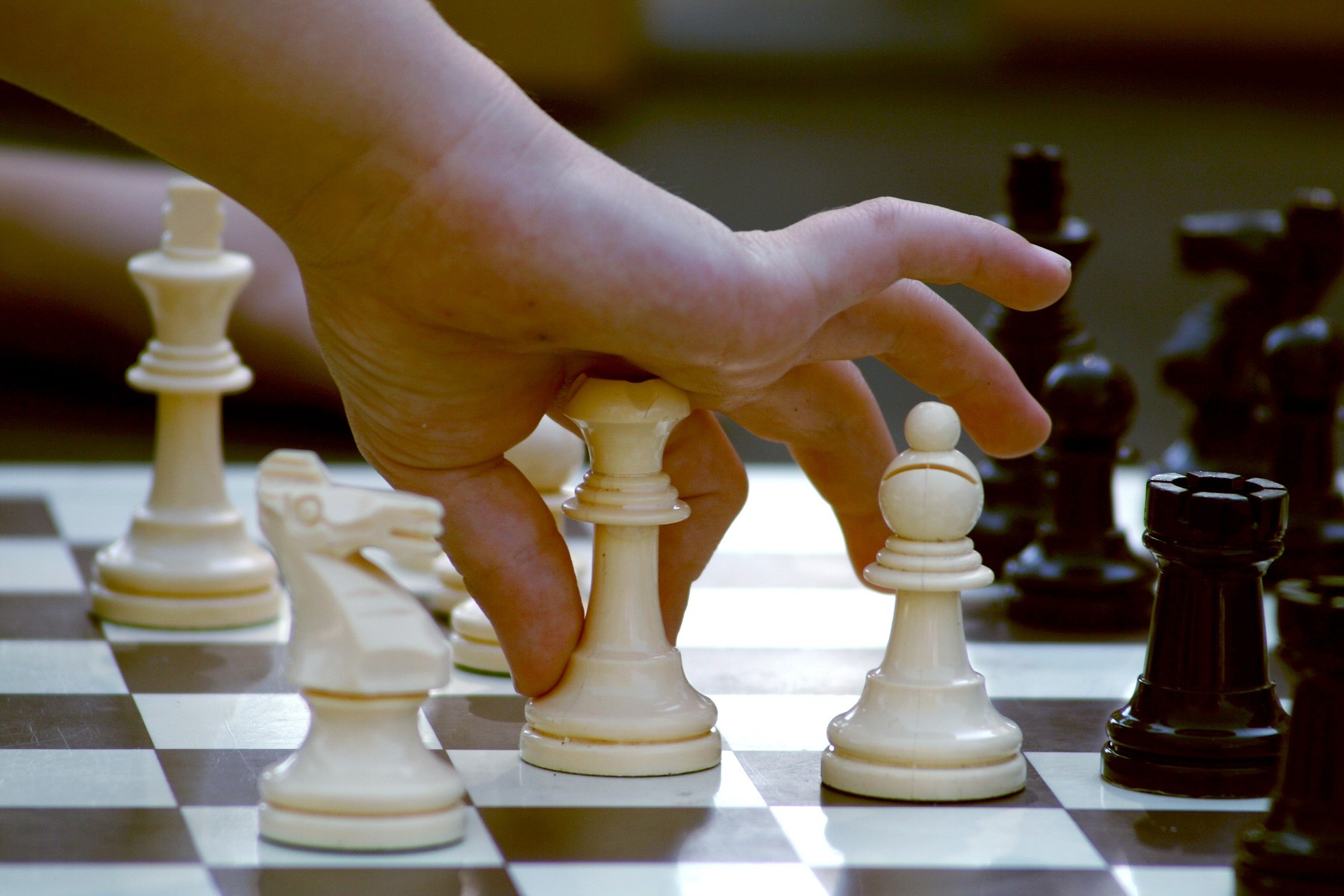Chess for Kids

Chess is one of the oldest board games known to the world. Its origins date back to the early 6th century in East and Central Asia, between modern-day India and Iran. It reached its present form some 500 years ago, and became popular, firstly amongst the European nobility, before spreading and reaching to the millions who play it today.
The rules of chess are simple to learn, yet the game can turn out to be very complicated, given the possibilities it offers. It can be taught and learned at almost any age, and because of its strategical nature, can be used not only as an entertaining game but as an educational tool as well.
 Given its nature as a game, it is easy to capture children’s attention when trying to attract them to play chess. All it takes is a board, a set of pieces, a brief explanation of the rules, and the rest is entirely up to their imagination. It is a game, after all, and kids will take to it with the same joy as to any other. With time and practice, and if the child’s interest has been awakened, there is a host of material available to enhance chess knowledge. No other game or sport has had so many books published about it as chess, and the resources at hand, via the internet are legion. There are pages with the basic rules, club pages where you can find just about anything related to chess, and professional clubs organizing everything from scheduled classes to international tournaments.
Given its nature as a game, it is easy to capture children’s attention when trying to attract them to play chess. All it takes is a board, a set of pieces, a brief explanation of the rules, and the rest is entirely up to their imagination. It is a game, after all, and kids will take to it with the same joy as to any other. With time and practice, and if the child’s interest has been awakened, there is a host of material available to enhance chess knowledge. No other game or sport has had so many books published about it as chess, and the resources at hand, via the internet are legion. There are pages with the basic rules, club pages where you can find just about anything related to chess, and professional clubs organizing everything from scheduled classes to international tournaments.
Some countries, mostly in Europe, have included chess in their school programmes. Studies have shown that the involvement with chess improves children’s abilities in fields like logic, spatial awareness, and concentration, from the very beginning. Many schools across the UK have introduced chess as an optional class, with the most promising pupils engaging in local tournaments and club activities. Its competitive nature brings benefits as well, with the young ones learning to enjoy notable victories, handle heartbreaking defeats and, above all, respect their opponents.
Chess can also be used as a party theme. Imagine a giant board drawn on the floor, with kids dressed as chess pieces moving over it. Or a seasoned player walking around a horseshoe-shaped set of tables, playing 10 or more children simultaneously, with all of them striving to beat the master. Maybe having a bunch of kids sitting focused on a board, with the knowledge that the winner of the impromptu organized tournament will get the brand new chess set. All this while training their young brains to focus and think logically. Who knows? One of them could end up being a world champion someday!